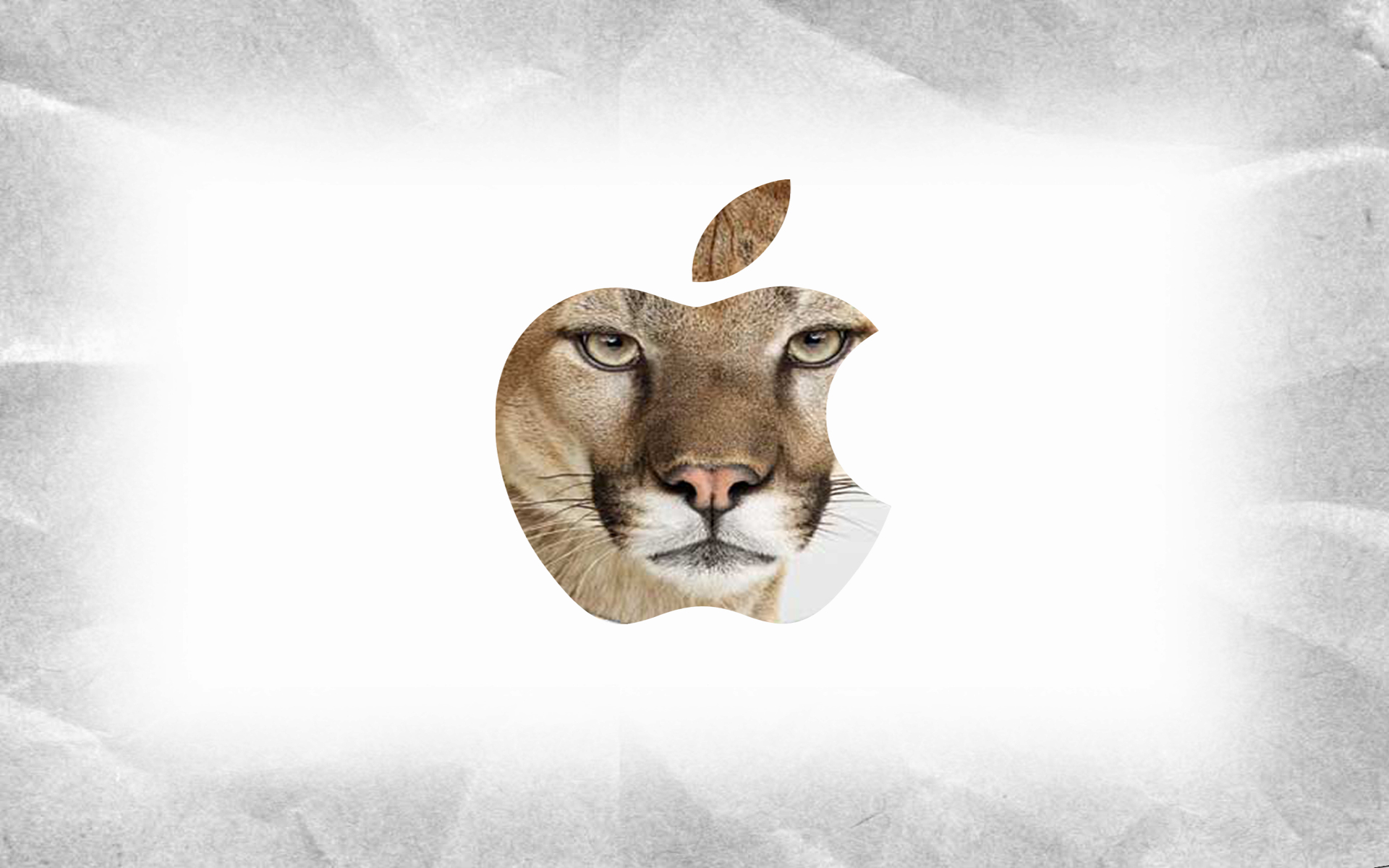

I have also personally seen a tetramorph in Ely Cathedral. You can read more about tetramorphs here The early Christians adopted this symbolism and adapted it for the four Evangelists as the tetramorph, which first appears in Christian art in the 5th century.’ The creatures of the Christian tetramorph were also common in Egyptian, Greek and Assyrian mythology. In Western astrology the four symbols are associated with the elements of, respectively Earth, Fire, Water and Air. The animals associated wit the Christian tetramorph originate in the Babylonian symbols of the four fixed signs of the zodiac the Ox representing Taurus the lion representing Leo, the eagle representing Scorpio the man or angel representing Aquarius. Other examples of the combination of different elements are the Sphinx in Egypt which has the body of a lion and the head of a human.’ Tetramorphs were very common in early medieval art especially in illuminated Gospel books, They are still common in religious art up to the present day. Each symbol can be described as a tetramorph in the singular, and a group as ‘the tetramorphs but usually only when all four are together. The Evangelists portraits are often accompanied by the tetramorphs or the symbols often used to represent them.

In Christian art, the tetramorph is the union of the symbols of the Four Evangelists, the four living creatures derived from the Book of Ezekiel into a single figure, or more commonly, a group of four figures. Tetramorph is derived from the Greek tetra, meaning four, and morph, shape. This is a symbolic arrangement of four different elements. ‘The four symbols are also known as a tetramorph. Wikipedia has quite a lot to say on tetramorphs The creatures are also mentioned in other religious texts such as St Irenaeus of Lyons and St Augustine of Hippo. The four living creatures are also mentioned in Ezekiel Chapter One verses 1-14, Ezekiel, Chapter 10, verses 1-22 and Daniel Chapter 7, verses 1-8. ‘…the first living creature, like a LION, the second living creature like an OX, the third living creature with a face like a HUMAN face, and the fourth living creature like a flying EAGLE. Verses 4:7 Apocalypse of Revelation of John
OX LION FULL
‘Around the throne, and on each side of the throne, are four living creatures, full of eyes in front and behind. In the Book of Revelations chapter 4: verses 5-11 These were the four canonical gospels with the for living creatures that surround God’s throne. She was kind enough to post a link to a relevant site which was enormously helpful. I’d never previously seen this combination on a funerary monument and thought, in my ignorance, that it might have meant that the deceased had loved animals.īut, after posting my photos of the memorial onto The Cemetery Club Facebook page a fellow member, Connie Fairchild, replied saying that she thought that the symbols might represent the four evangelists. I noticed the four symbols one on each corner of the cross within the wheel. Copyright Carole Tyrrell The for symbols of the Evangelists in each corner This was a real pity as I would have liked to have known more about the person who was buried there.

All I could make out was that it was in memory of a deceased wife. The epitaph is written in curvy Art Nouveau writing and was well worn which rendered it virtually indecipherable. This memorial is a Celtic Cross in style and a symbol of the Arts & Crafts movement that was popular from 1880-1910 when there was a Celtic revival.

OX LION WINDOWS
St Margarets also has windows made from pieces of broken stained glass which gives a jigsaw effect and kaleidoscope patterns on the floor when the sun shines through. These are pre-Raphaelite in style and well worth seeing if you’re in the area and the church is open. This contained the original St Margarets church, now a ruin, and some very interesting tombstones and memorials.īut the current St Margarets is a large Victorian building with some very colourful 19th century stained glass and, more unusually, beautiful wall paintings. I had been exploring the old St Margarets churchyard which is across the road. This beautiful and large Celtic Cross was found in St Margarets Churchyard in Lee, SE London.


 0 kommentar(er)
0 kommentar(er)
